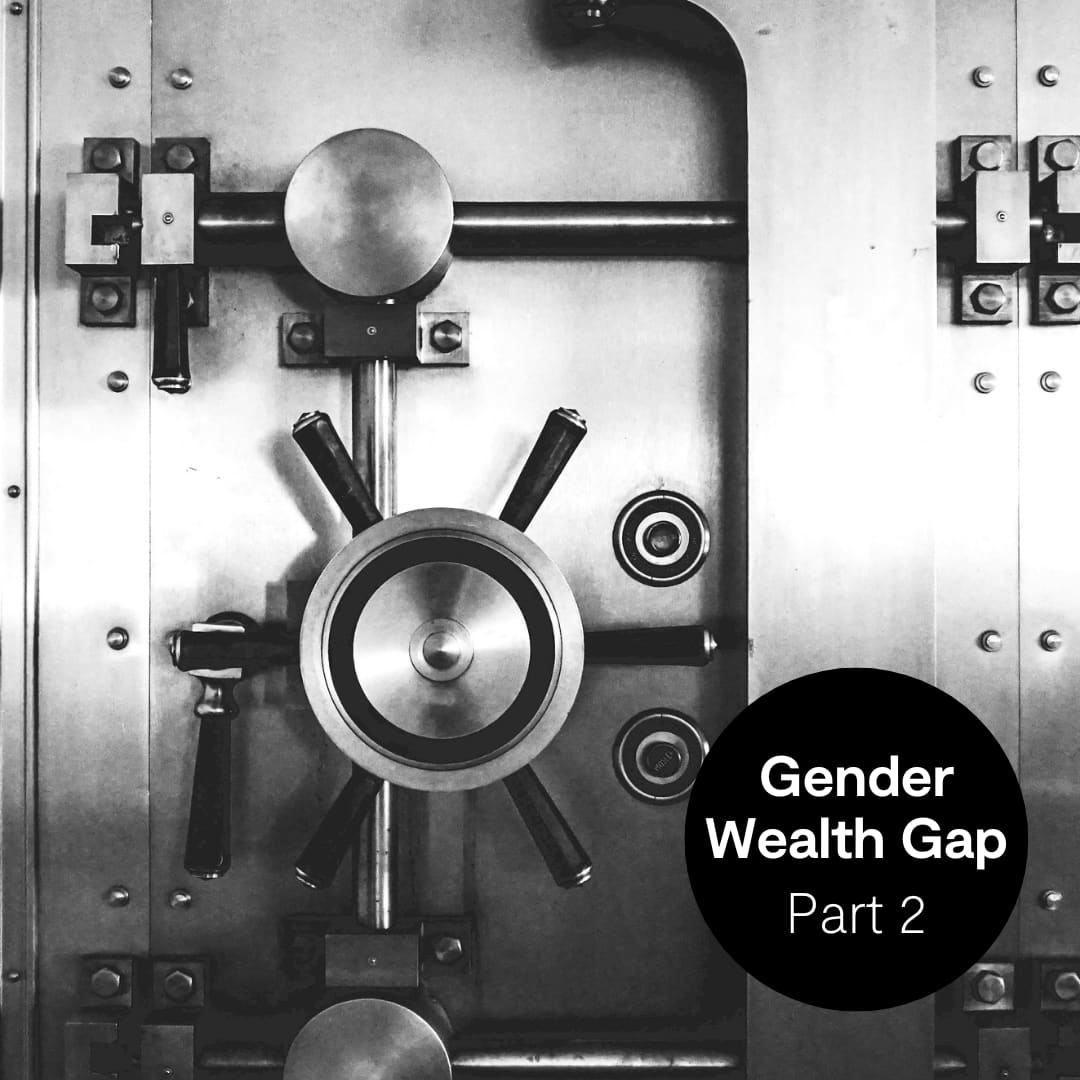Switzerland is wealthy. But who owns how much of the pie? And what is that pie even made of? When it comes to these questions, there is hardly any data in Switzerland. ellexx takes you on a journey through the secretive world of wealth – revealing what we know, and what remains hidden.
In Switzerland, the tax authorities are aware of assets worth around 2 trillion Swiss francs. That’s two million million francs – or a 2 followed by twelve zeros. At ellexx, we naturally want to know whether women own an equal share of these assets as men – or whether, as in many other parts of the world, a «gender wealth gap» exists here too. (If you just did the math in your head and thought: «That doesn’t actually sound like that much» – congratulations, you’re right! That amount is roughly equivalent to two million buildings worth one million francs each – approximately the total stock of residential buildings in Switzerland. Of course, many homes are worth more than a million, and naturally, wealth includes much more than just real estate. So why do the authorities only report 2 trillion francs? Well, because the statistics don’t include all pension savings, they value real estate at the (lower) taxable value, subtract mortgage debt, and of course, only account for what is actually reported to the tax authorities. Undeclared assets or valuables stored in duty-free warehouses are missing entirely.)
When we turn to the gender wealth gap, we quickly run into problems. In Switzerland, few things are more private than a person’s bank account or tax return. While wage differences between men and women are now relatively well documented, wealth remains a black box – as opaque as the inside of a bank vault. That makes it nearly impossible to answer a basic question: Who owns how much, by gender?
Wealth differences are smaller than income differences
ellexx is aware of two scientific studies on the topic. One, published in 2018, compared wealth differences between women and men in Switzerland and Australia, using data from the 2012 Swiss Household Panel. The result: the gender wealth gap is significantly larger in Switzerland than in Australia. The second study, conducted as part of a Swiss National Science Foundation (SNSF) project from 2018 to 2021, used data from six cantonal tax administrations. For a special issue of the EKF’s magazine «Frauenfragen» on the topic of money, researcher Oliver Hümbelin and his colleagues created a graphic showing gendered wealth differences. The results were surprising: Up to retirement age, women and men in Switzerland declare roughly equal wealth in their tax returns. The differences are far smaller than the well-known gender pay gap. After retirement, however, the gap widens – largely due to those earlier wage differences.
In the case of married couples, who in Switzerland are still taxed jointly, the researchers divided the declared assets 50/50 between partners. This method raises an important caveat: We do not actually know how wealth is distributed within couples. Studies from countries like Austria and Germany show that the richer a couple is, the smaller the wife's share tends to be. Among the super-rich, it is often the man who holds the wealth, protected through prenuptial agreements. In the event of a divorce, the wife is entitled to only a fraction of the couple’s assets. In lower-income households, partners are more likely to share assets equally. Among men and women who are taxed individually and are under the age of 65, the study found no significant gender difference in declared wealth.
After retirement age, however, the situation changes. Both men and women increase their wealth, but men’s wealth grows more. This is due to several factors: men typically earn more and work more hours, resulting in larger pension savings. In addition, they are more likely to invest their money in capital markets and generate returns that further increase their wealth. Among those over 90 years old, individually taxed women own only about two-thirds as much wealth as men.
The Statistical Office of the Canton of Zurich conducted a similar analysis using 2018 tax data and reached comparable conclusions. Women and men report similar wealth up to retirement, but after that point, men’s assets grow more significantly than those of women.
Inheritance creates balance
One major reason the gender wealth gap is smaller than the gender pay gap is inheritance. In Switzerland, one in every two francs of wealth comes from an inheritance. In fact, women often inherit more than men – particularly because they frequently outlive their husbands and are generally younger than them. (Sons and daughters are legally entitled to equal shares of an inheritance in Switzerland, though how that plays out in practice – especially in business succession – is a question for another article.)
The super-rich are a story of their own. In the 2023 Forbes list, 41 Swiss billionaires are listed – only nine of them are women. The richest woman in Switzerland is Magdalena Martullo-Blocher, a well-known heiress, with a fortune of $6.7 billion USD. That’s only about one-fifth of what the richest man in Switzerland, Gianluigi Aponte, holds – $31.2 billion USD.
What is wealth made of?
Real estate, land, stocks, cash, art, and jewelry – these are all part of the country’s mysterious “wealth black box.” But who owns how much of it remains largely unknown. Tax authorities only report the total amount of declared assets. The Federal Statistical Office does not provide any detailed figures, and neither banks nor wealth managers are likely to share data – thanks in part to Swiss banking secrecy.
Improvement is in sight
If you want to understand how wealth is distributed between women and men in Switzerland – and what it actually consists of – you need a high level of frustration tolerance. So far, this question hasn’t seemed to interest official Switzerland much. But there is hope. In April 2023, the Federal Council decided that in the future, tax office data can be used to produce official statistics – the same method used in the SNSF study mentioned above.
Starting in 2027, various analyses based on tax assessment data should become available. The category «gender» will also be included. It is not yet clear whether the statistics will also capture details on the types of assets being declared. The Federal Statistical Office stated that the information available will vary from canton to canton and will be harmonized as far as possible. As for inheritances and gifts, only a few cantons provide relevant data, so it is uncertain whether that information will be usable.
But one thing is certain: we at ellexx will keep investigating!
For transparency: This article was first published in German on October 15, 2024.








